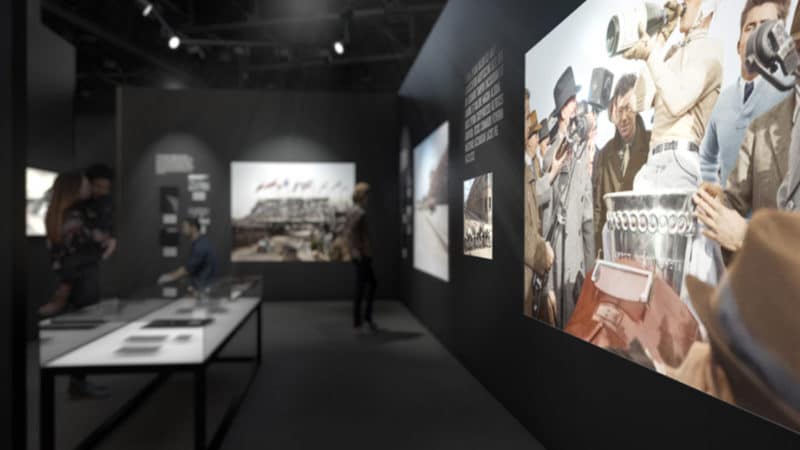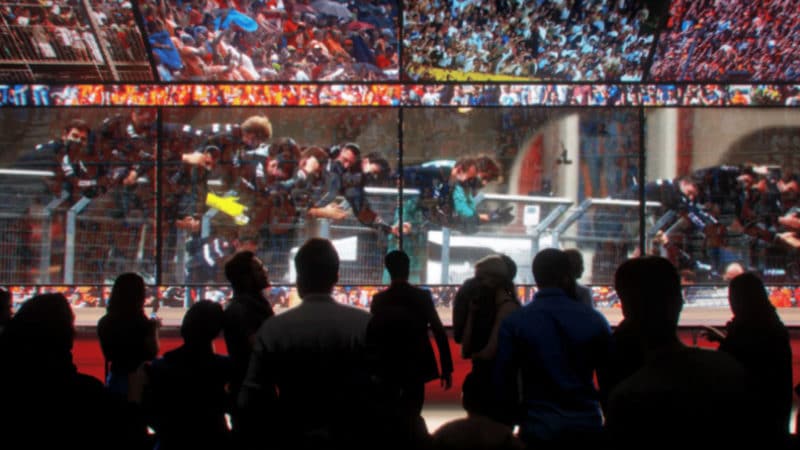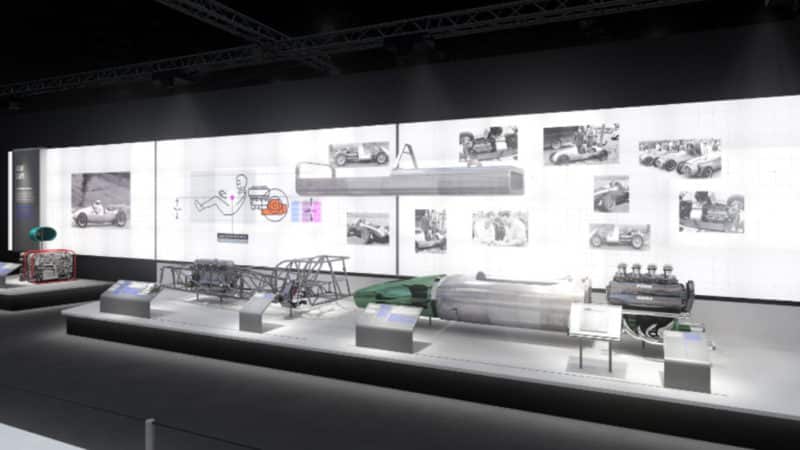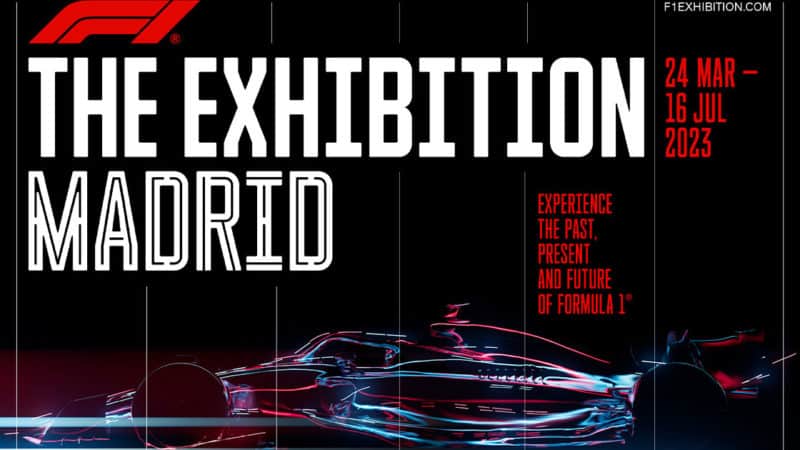“By F1’s estimation, this is the largest series of interviews around the history of the sport that has ever been undertaken,” he says.
“It’s not a theme park experience, it’s a museum-grade exhibition that’s been carefully curated by a collection of expert contributors and curators with lots of support from F1 teams and drivers.
“We’ve interviewed nearly 80 people, we’ve got nearly 150 hours’ worth of aural testimonies. Each of these interviews are being stitched into nearly 70 short films that appear across the show.
“It’s taken us five years – it would have been out last year were it not for Covid.”
So, dealing with abstracts aside, what will the exhibition actually look like? It’s difficult to get a straight answer from Harvey, so keen are he and the press team to trickle out teasers in the build-up rather than revealing anything solid.
Artist impressions show little more than what you might imagination – a full-size vintage F1 car divided up into various components, giant LED screens and plenty of precious artefacts in glass cases.

The exhibition will be an “immersive, multi-media experience”
F1
However, Harvey does shed some light on how an interview with a man who quite simply changed F1 contributes to what he believes will be one of the most arresting parts of the show.
“We went to interview Peter Wright [aerodynamicist and founding father of Lotus active suspension system], up at his home in Wales,” he says. “It was a fascinating few hours for the team, listening to him talk through how the whole ground effects thing came into existence, as well as the story of Colin [Chapman].
“We’ve been able to stitch his testimony and contrast it in a way so it’s relevant to all of the struggles and difficulties that the teams have had this year.
“For many of this new generation of fans that have connected with the sport through Drive to Survive over the last five years, they have no idea that ground effect was first used in F1 in 1978, not 2022.



